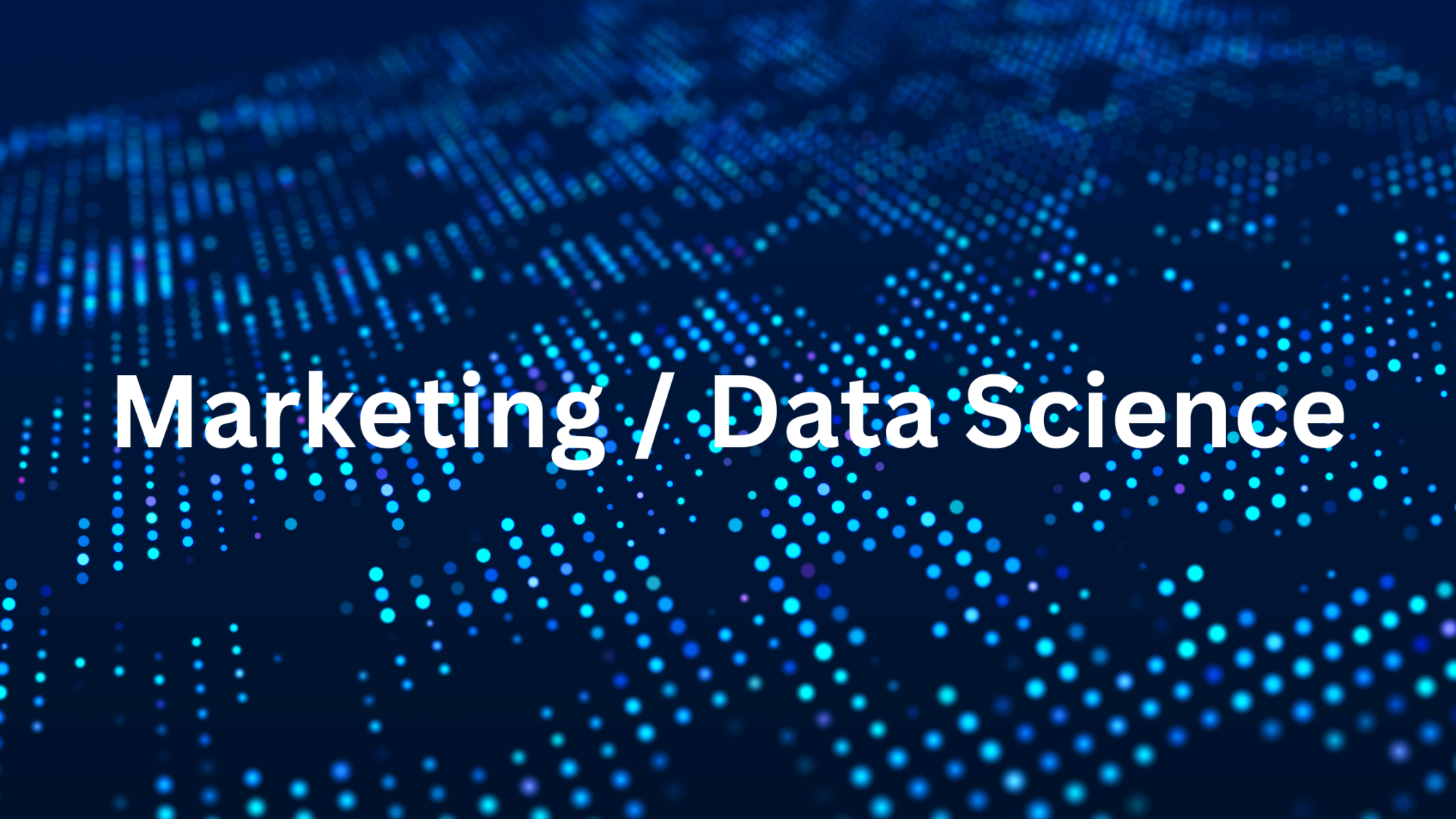In the age of digital transformation, marketing is no longer solely about creativity and storytelling. Data science has entered the picture, providing marketers with tools to analyze, predict, and optimize strategies like never before. This marriage of disciplines has created an entirely new paradigm for understanding customers, improving campaigns, and driving business success. Data science in marketing empowers marketers to analyze, predict, and optimize strategies with greater precision than ever before.
What is Data Science in Marketing?
Data science combines mathematics, statistics, and computational tools to extract insights from raw data. In marketing, these insights guide decisions on customer behavior, market trends, campaign performance, and more. When used effectively, data science turns marketing into a precise, measurable, and results-oriented function.
Key Areas Where Marketing and Data Science Intersect
- Customer Segmentation
“Know your audience” has been a mantra for marketers, and data science takes it to the next level. By analyzing demographic, psychographic, and behavioral data, businesses can segment their customers into specific groups. For example, Netflix’s recommendation system uses machine learning algorithms to create personalized content suggestions based on user viewing habits. Data analytics is a key area in marketing now. - Predictive Analytics
Predictive analytics uses historical data to forecast future trends. Marketers use this to anticipate customer needs, recommend products, and even predict churn rates. Amazon’s “customers who bought this also bought” feature is a testament to the power of predictive analytics. - Personalization
Personalized marketing is one of the most impactful applications of data science. Tools like AI-driven content recommendations and dynamic email campaigns ensure the right message reaches the right customer at the right time. According to a report by McKinsey, personalization can drive a 5-15% increase in revenue. - Optimizing Ad Spend
Programmatic advertising, powered by data science, allows marketers to bid for digital ad placements in real time, ensuring ads are displayed to the most relevant audiences. This not only maximizes ROI but also minimizes wasted spend. - Sentiment Analysis
By analyzing social media data and customer reviews, marketers can gauge public sentiment toward their brand. Sentiment analysis tools use natural language processing (NLP) to determine whether conversations are positive, negative, or neutral, helping brands adapt their strategies accordingly.
Real-World Examples
- Spotify: Spotify’s Discover Weekly playlist uses user listening habits and data science to create custom playlists. The feature boosts user engagement and retention by delivering highly relevant recommendations.
- Coca-Cola: Coca-Cola employs big data analytics to monitor social media mentions, track the effectiveness of marketing campaigns, and understand customer preferences in real time.
- Airbnb: Airbnb uses data science to optimize pricing for hosts, ensuring competitive rates while maximizing profits.
Challenges in Combining Marketing and Data Science
- Data Privacy and Ethics
With the introduction of GDPR, CCPA, and other data privacy laws, marketers must navigate strict regulations. Collecting and using consumer data ethically is paramount to maintaining trust and avoiding legal repercussions. - Data Silos
Often, data exists in separate systems across organizations. Integrating these data silos to create a unified view of the customer can be challenging but is essential for effective marketing. - Skill Gap
The intersection of marketing and data science demands professionals skilled in both fields. Marketers must understand data analytics, while data scientists need to appreciate marketing goals and challenges.
Emerging Trends
- AI-Powered Insights
Artificial intelligence is becoming a cornerstone of marketing analytics. Tools like ChatGPT and Jasper.ai are empowering marketers to generate insights, write content, and automate processes at scale. - Real-Time Marketing
Real-time data analysis is enabling brands to respond instantly to market changes. For example, Oreo’s famous “Dunk in the Dark” tweet during the 2013 Super Bowl was a quick, data-driven marketing win. - Augmented Analytics
Gartner predicts that augmented analytics will become the standard, enabling marketers to derive insights from data without requiring advanced technical skills. - Customer Data Platforms (CDPs)
CDPs are transforming how businesses consolidate and use customer data. These platforms create a single, comprehensive view of the customer, enabling more personalized and effective marketing efforts.
The Future of Marketing with Data Science
As the relationship between marketing and data science evolves, we can expect:
- Greater Personalization: Hyper-personalized marketing experiences driven by advanced AI and machine learning algorithms.
- Enhanced Customer Journeys: Seamless and predictive customer interactions across all touchpoints.
- Smarter Decision-Making: Data science will continue to underpin marketing strategies, ensuring every decision is backed by data.
Conclusion
The intersection of marketing and data science is not just a trend, it’s the future. Businesses that embrace this convergence will gain a competitive edge, offering their customers personalized, efficient, and impactful experiences. By addressing challenges and leveraging emerging technologies, marketers can unlock the full potential of their data and achieve unprecedented success.
For businesses aiming to thrive in this new era, the integration of data science into marketing strategies isn’t just advantageous, it’s essential.
